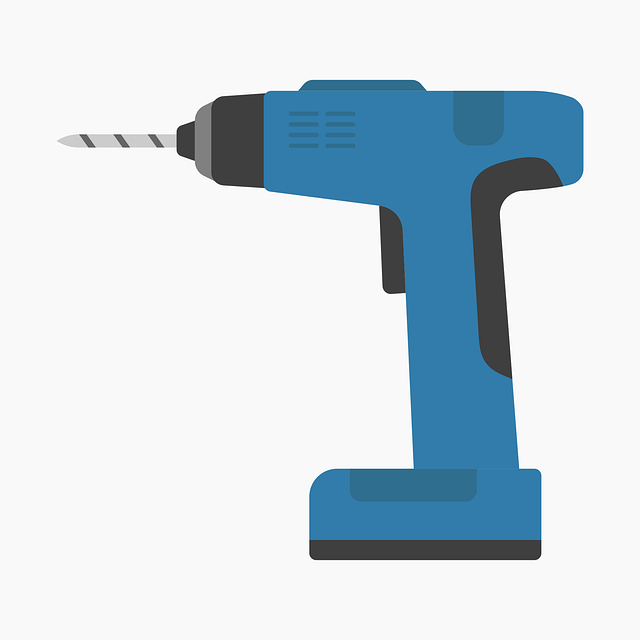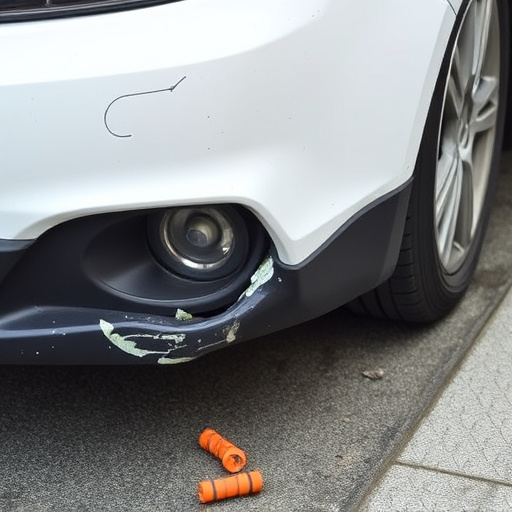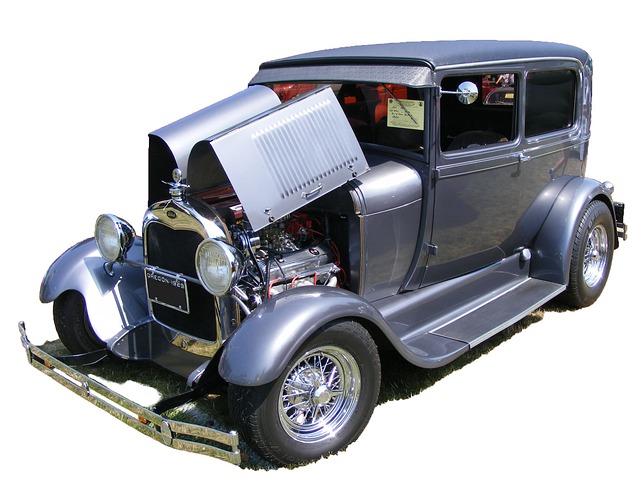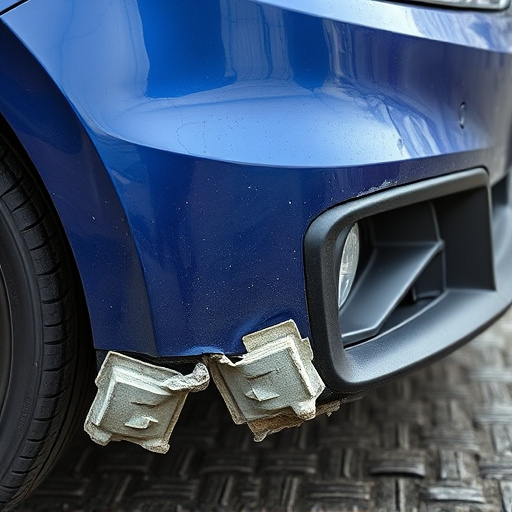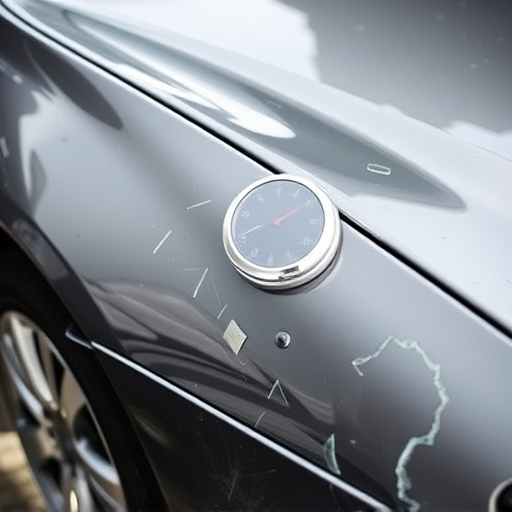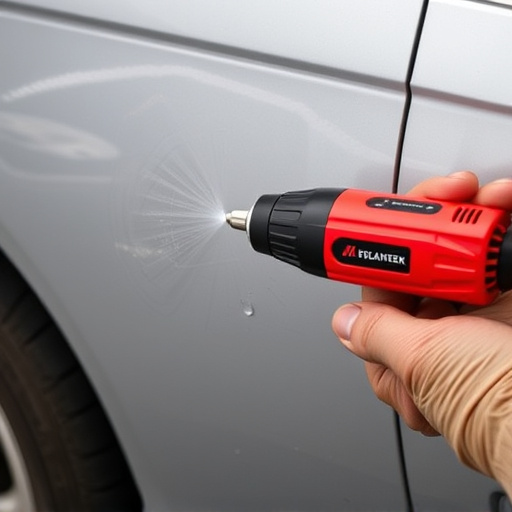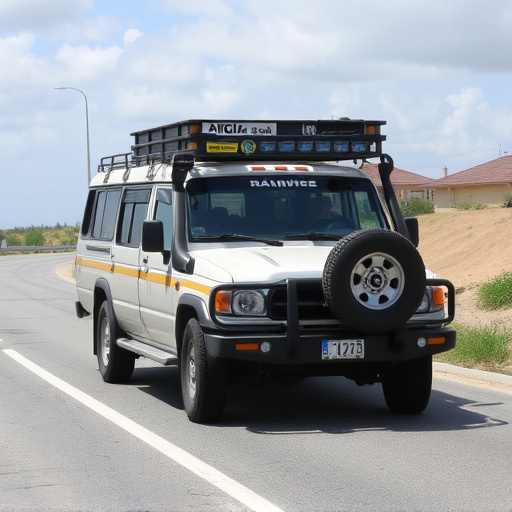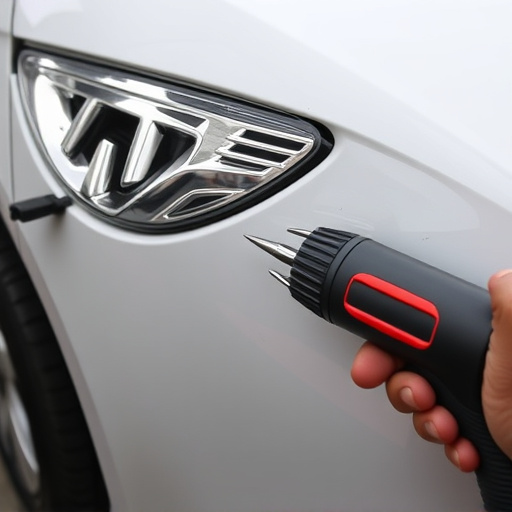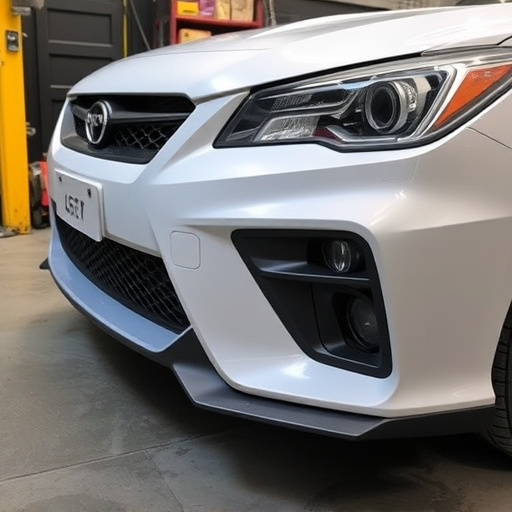Proper towing to collision centers involves meticulous vehicle preparation, safety inspections, and route planning. Securing vehicles with equipment like wheel chocks and strapping prevents damage during transit, enabling efficient repairs upon arrival. Collision centers must be ready with tools, parts, and technicians for seamless, swift vehicle restoration after tow.
When a vehicle collides, efficient towing to a collision center is crucial for safe and swift repairs. This article guides you through essential safety precautions and best practices for the entire process, from understanding towing procedures to ensuring prepared collision centers. We explore secure vehicle transport methods and highlight key factors for optimal outcomes, providing valuable insights for all involved parties in the event of a crash.
- Understanding Towing Procedures for Optimal Safety
- Best Practices for Secure Vehicle Transport
- Collision Center Preparedness: Ensuring Efficient Repairs
Understanding Towing Procedures for Optimal Safety

Understanding towing procedures is paramount when ensuring safe transport of vehicles to collision centers. It involves a meticulous process that begins with proper vehicle assessment and preparation. Towing companies must be equipped to handle various vehicle types, from standard sedans to larger SUVs or commercial fleet trucks. The safety precautions extend to the condition of the car’s body and overall structural integrity.
Before towing, it is crucial to inspect for any loose parts, ensure all fluids are topped up, and address any mechanical issues that could impact transport. For instance, securing loose car bodies or panels prevents damage during transit, while proper inflation of tires ensures a smooth journey, minimizing the risk of punctures or unbalanced wear. This meticulous approach guarantees that vehicles arrive at the collision center in optimal condition, facilitating efficient repairs, including expert car dent removal and vehicle bodywork restoration.
Best Practices for Secure Vehicle Transport
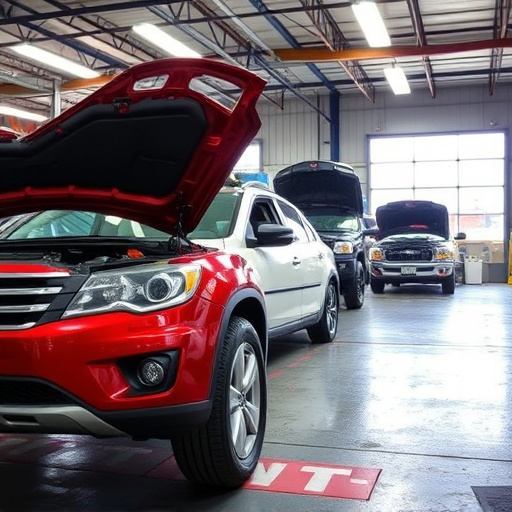
When towing a vehicle to a collision center or auto repair shop for necessary repairs, adhering to best practices ensures a safe journey for everyone involved. Prior to transport, conduct a thorough inspection of both the towing vehicle and the car being towed. This includes checking tire pressure, brakes, lights, and safety belts. Secure the vehicle properly using wheel chocks, load straps, or a tow bar, ensuring it is stable and won’t shift during transit.
Additionally, consider the route taken to reach the collision center or automotive body shop. Avoid high-traffic areas, steep hills, or narrow roads if possible. Plan ahead for potential detours and keep an eye on weather conditions that could impact driving safety. Remember, these precautions not only safeguard your vehicle but also prevent accidents and ensure a swift journey towards efficient car repair services.
Collision Center Preparedness: Ensuring Efficient Repairs
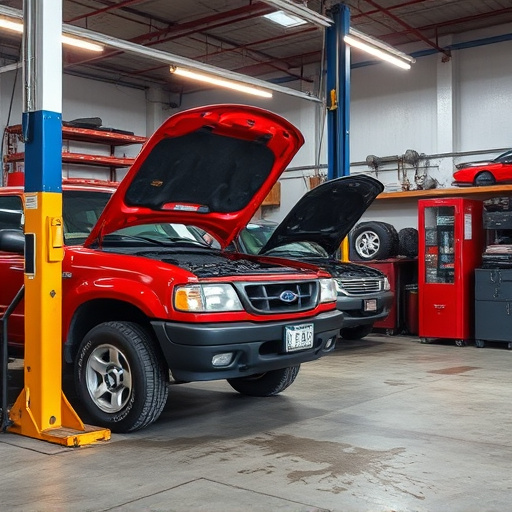
Collision Center Preparedness plays a pivotal role in ensuring efficient and safe towing to collision centers. When a vehicle experiences a mishap, swift action is critical. Reputable towing services understand this urgency and are equipped to transport vehicles promptly, minimizing downtime for both customers and repair facilities. Efficient repairs start with thorough preparation; the collision center should be ready with all necessary tools, parts, and specialized technicians before the arrival of the damaged vehicle.
This proactive approach ensures a seamless process for vehicle repair services. From assessing the damage to conducting intricate body shop services and even addressing needs like auto glass repair, every step contributes to restoring the vehicle to its pre-accident condition. Proper preparation allows body shop specialists to work accurately and effectively, leading to faster turnaround times without compromising quality.
When it comes to towing a vehicle to a collision center, adhering to safety precautions and best practices is paramount. By understanding towing procedures, implementing secure transport methods, and ensuring collision center preparedness, we can streamline repairs and promote safe handling of damaged vehicles. Remember that proper preparation minimizes risks, enhances efficiency, and ultimately contributes to a smoother recovery process for all involved parties.
